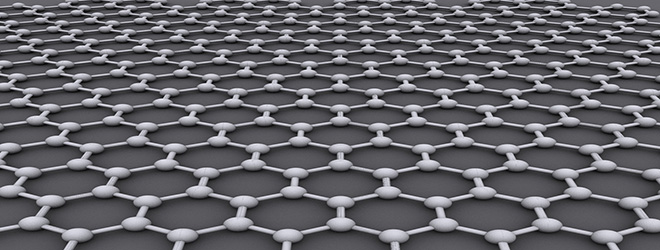CLS (Canadian Light Source) in Saskatoon, is Canada's national center for synchrotron radiation research and a global center of excellence for synchrotron radiation sciences and their applications. Here, a number of scientists have successfully carried out various series of experiments that dealt with the smallest optical density of the individual layers of graphene.
The results provide further insights into the design and manufacture of graphene-based electronic devices. These scientists are already creating visions of touchscreen tablets as thin as paper, which can be easily folded up and put in your pocket. Or curved 3D TVs that can fill the area of an entire room.
About graphene, also known as graphene
Graphene (also known as graphene) is a modification of carbon with a two-dimensional structure. It is flexible, thin, extremely hard and therefore ideally suited for various flexible applications in the touchscreen sector. The Russian scientist Sir Andre Konstantin Geim received the Nobel Prize in Physics in 2010 together with Konstantin Novoselov for his graphene research at the University of Manchester. Since that time, more and more scientific investigations have been taking place in this area. This is because graphene is an extremely flexible material that seems to be made for futuristic bendable and foldable devices.

Additional funding for the Center and its programs will be provided by other research funds and institutions.
Use of state-of-the-art techniques have helped
According to the participating scientist Dr. Swathi Iyer, it has always been difficult to understand the intrinsic properties of graphene, especially in the areas where the material is bent or folded. For this reason, state-of-the-art techniques have been used to study the structural and electronic properties of free-standing graphene.
Synchrotron helped identify various activities
Using synchrotron, two different activities in the graphene-gold nanostructure were identified. There is now experimental evidence for the: experimental evidence for the localized graphene-gold interaction at the nanoscale, and the smallest optical density for the single graphene layer.
Based on the research results, the CLS scientists agree that this paves the way for the production of graphene-based devices with previously unimagined configuration possibilities for a large number of applications.

